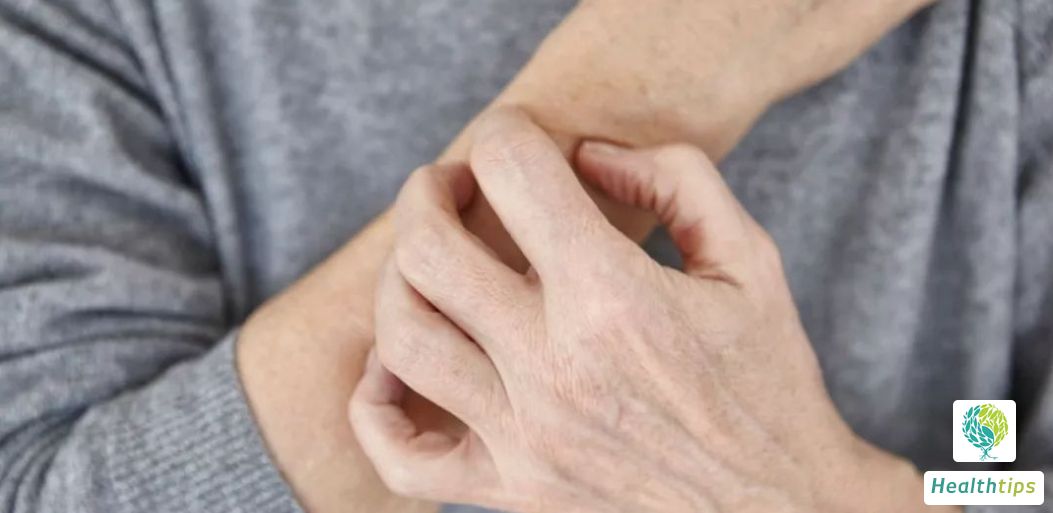What Are the Key Considerations for Undergoing Surgery to Tie Off the Inferior Vesical Artery?
After ligation of the inferior vesical artery, it is important to rest, maintain a light diet, and avoid touching the surgical site with hands. If patients present with symptoms related to BPH, ligation of the inferior vesical artery surgery can be used as a treatment option. This is a minimally invasive surgery with minimal trauma. With proper care, recovery is generally quick. Any abnormalities should be promptly reported to the doctor.

1. Rest: Ligation of the inferior vesical artery is a minimally invasive surgery, and patients are required to stay in bed for 24 hours postoperatively. To reduce postoperative bleeding, patients should maintain a supine position. They should also keep their lower limbs immobilized and avoid movements such as bending their knees or hips, which can increase abdominal pressure and potentially cause bleeding.
2. Diet: Postoperatively, patients can resume normal eating habits. They should consume light and low-residue foods, such as vegetables and fruits, to alleviate symptoms of constipation. There are no strict dietary restrictions after surgery, but spicy and stimulating foods should be avoided to prevent irritation of the surgical site and adverse reactions such as bleeding.
3. Clean Surgical Site: The wound should be dressed with a bandage after surgery, and patients should avoid touching the surgical site with their hands to prevent infection. The bandage should be changed under the guidance of a doctor. After surgery, patients should dry their bodies thoroughly and keep the surgical site dry to prevent the infiltration of dirty water, which can lead to infection.



















